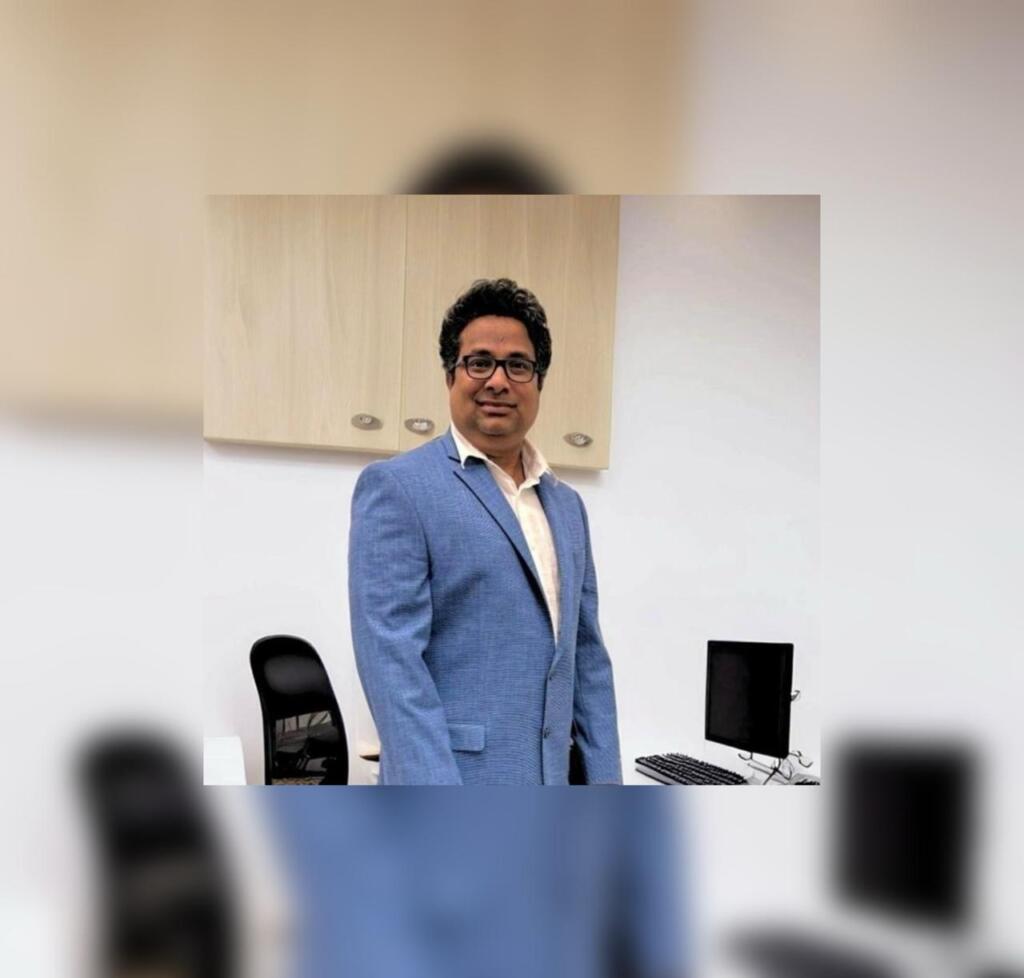In an age marked by rapid technological progression, one individual stands out as a beacon of innovation and expertise across a multitude of industries. With a diverse background spanning IoT, Telecom, E-commerce, Health, Automobile, and Education, this visionary leader has pioneered advancements at the forefront of AI, Machine Learning, Robotics, and System Scalability. Their contributions have not only revolutionized industry standards but have also reshaped the future landscape of technology-driven solutions, impacting sectors worldwide. As a cross-industry innovator, their work transcends boundaries, setting new precedents for excellence and driving transformative change across diverse domains.
As a crucial member of his organization, Chandra Veluru created a significant impact through his work in the areas covered by this article. He developed machine learning-based anomaly detection systems, which have substantially reduced the costs associated with identifying and troubleshooting anomalous IoT devices. Additionally, he implemented techniques to automatically identify the root cause of application failures, drastically reducing the mean time to repair (MTTR) and ensuring the swift restoration of critical systems. Furthermore, he designed solutions that enhance application scalability, ensuring their systems can handle peak load demands with controlled processing. These contributions have led to increased efficiency and reliability within the organization.
While working on the subject matter of this article Chandra shared with us, “I have secured several notable professional achievements. I implemented an application auto-scaling architecture, which resulted in a 35% improvement in system responsiveness under peak load. I developed and patented novel machine learning algorithms that increased data analysis efficiency by 20% in IoT devices.” In further discussion, he mentioned his publications, he authored widely cited publications on best practices in machine learning, establishing industry-recognized guidelines. Additionally, he pioneered optimized techniques that enabled real-time processing of massive datasets, unlocking insights in the Telecom and IoT edge device applications. He also developed a patented anomaly detection feature to process massive usage patterns, further enhancing their data processing capabilities.
The expert has also led and contributed to several major projects within the realm of IoT, telecom, and AI/ML, both within and outside his organization. He talked about one significant project that involved developing an AI-powered predictive maintenance solution for a large manufacturer of IoT devices. This system integrated IoT sensor data with telecom infrastructure, resulting in reduced equipment downtime, improved asset longevity, and optimized maintenance schedules. Another key project was the development of an IoT monitoring system for autonomous fleet management. By optimizing vehicle routing, resource allocation, and predictive maintenance using IoT data and robotics principles, this project enhanced fleet efficiency, reduced operational costs, and improved customer service.
Moreover, he spearheaded the Intelligent Application Resilience & Self-Healing initiative. This project focused on creating a predictive analytics system that leverages IoT device data and telemetry to identify patterns signaling potential application failures. By implementing machine learning models, Veluru and his team could proactively predict impending anomalies, triggering automated corrective actions or self-healing mechanisms. These efforts have been documented in related publications, including one and two, further underscoring the impact and innovation of these projects.
Veluru’s work in the IoT and telecom sectors has yielded significant results that demonstrate significant improvements in efficiency and cost savings. Justifying the statement, he shared another insight with us, “Over 18 months, I streamlined anomaly detection processes, resulting in a 35% annual reduction in costs associated with IoT device troubleshooting. Additionally, I improved operational efficiency by decreasing the mean time to identify anomalous IoT devices by 60%, a metric that has been consistently maintained over the past 24 months.” On further discussion with Veluru, the expert in the field, it was revealed that his efforts resulted in a significant 40% decrease in application downtime, ensuring essential system availability. Additionally, by streamlining the mean time to repair (MTTR) for critical applications by 75%, Chandra facilitated faster issue resolution. This successful optimization ultimately freed up 15% of IT resources from routine troubleshooting, allowing for their strategic reallocation to other initiatives.
Throughout these projects, he successfully overcame several major challenges. One such challenge was handling heterogeneous data in IoT projects, where he adapted traditional data integration techniques to manage real-time, high-volume IoT data streams. Another significant challenge was performing real-time anomaly detection with limited failure data, as machine learning models typically require large amounts of training data, including examples of failures. In highly reliable systems, true failures are rare, necessitating innovative approaches to model training. Additionally, he created custom solutions tailored to the varying needs of different business verticals served by IoT devices, such as manufacturing, logistics, and public safety. These accomplishments reflect his ability to tackle complex problems and deliver impactful solutions in the IoT and telecom domains, as stated by him.
In the realm of AI and scalability, his experience has underscored the critical intersection between cutting-edge algorithms and real-world deployment. While innovative ML models hold promise, their impact hinges on systems capable of handling the scale required for intelligent insights. Additionally, success in this field necessitates a deep understanding of the business problems that technology aims to solve, emphasizing the importance of domain expertise across various industries.
Addressing ethical considerations, such as potential bias and model explainability, is paramount as AI systems grow in complexity. Building trust through transparency is essential for long-term adoption. Looking ahead, trends indicate a shift towards Edge AI, facilitating real-time decision-making by moving computation closer to IoT devices. The democratization of AI through low-code/no-code tools will empower domain experts to leverage its power, driving broader innovation. Moreover, integrating “Green AI” principles to optimize energy consumption and reduce compute footprints will become increasingly crucial in a sustainable-focused landscape. To navigate these trends effectively, collaboration across disciplines is key. Working closely with domain experts, like Chandra Veluru, engineers, and business stakeholders fosters impactful outcomes. Embracing rapid prototyping, iterative experimentation, and clear communication of complex technical concepts to diverse audiences are essential practices for success in this dynamic field.
